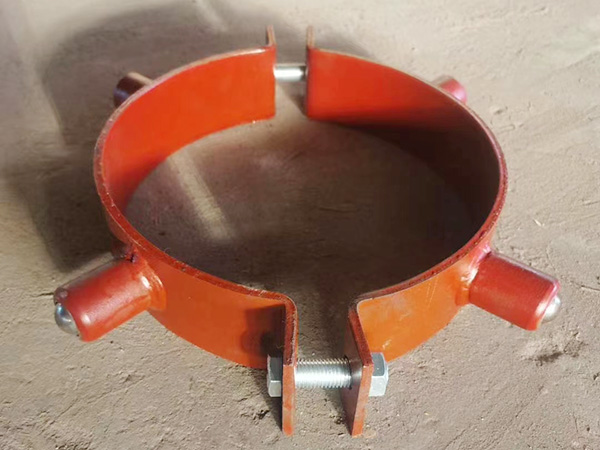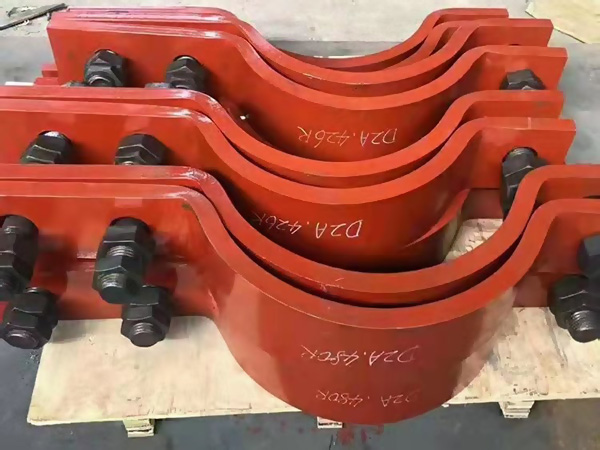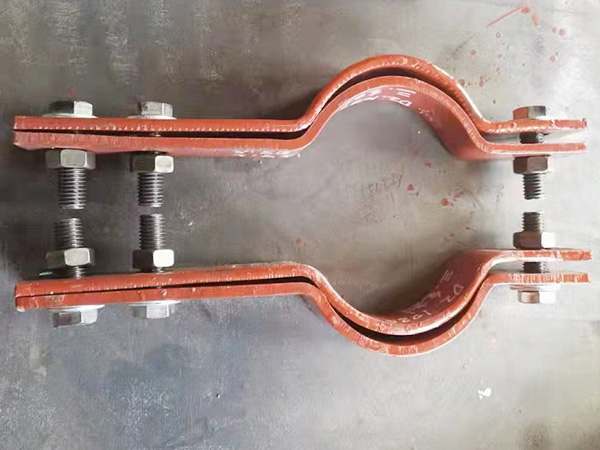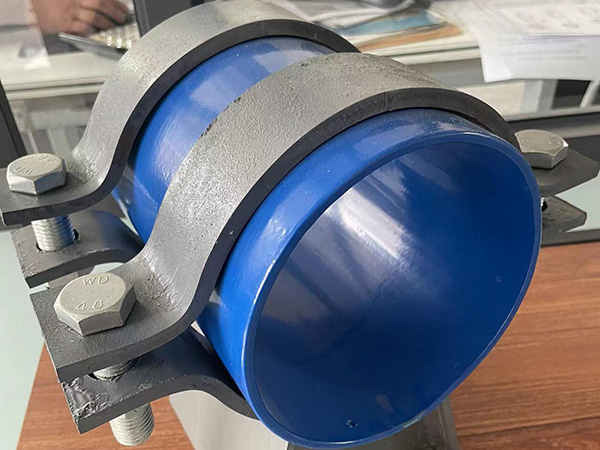Common Causes of Leakage at Pipe Reducer Connections
Author:Mingde Time:2025-04-29 00:47:43 Click:123
Pipe reducers—both concentric and eccentric—are widely used in piping systems to connect pipes of different diameters. While they serve to maintain steady flow and reduce turbulence, the connection points of reducers are vulnerable to leakage if not properly designed, installed, or maintained. Leakage at these joints not only compromises system performance but may also lead to safety hazards and costly downtime. Below are the most common causes of leakage at pipe reducer connections.
1. Improper Welding or Joining Process
One of the primary causes of leakage is poor welding practices at the joint where the reducer connects to the adjacent pipe or fitting. Issues include:
Incomplete fusion or cold welding, resulting in weak joints
Undercutting or excessive heat input, which can lead to cracks
Misalignment during welding, leading to uneven stress distribution
Inadequate post-weld inspection or testing
To avoid these issues, it's essential to follow proper welding procedures, ensure alignment with pipe axes, and conduct non-destructive testing (such as radiographic or ultrasonic inspection) after welding.
2. Incorrect Installation
Incorrect installation can compromise the seal between the reducer and other piping components. Common mistakes include:
Uneven tightening of bolts in flanged joints, causing gasket compression failure
Use of incompatible gaskets or sealants
Failure to follow proper torque specifications
Lack of alignment, which can cause mechanical stress on the joint
Attention to detail during installation—especially in high-pressure systems—is critical for ensuring a leak-free connection.
3. Gasket Failure
In systems where the reducer is joined using flanges, gasket failure is a common source of leakage. This may be caused by:
Improper gasket selection (wrong material or thickness for temperature/pressure conditions)
Reused or damaged gaskets
Over- or under-tightened bolts, leading to improper gasket compression
Corrosion or chemical degradation of the gasket over time
Using high-quality gaskets designed for the specific media and environment, along with proper installation practices, helps reduce this risk.
4. Thermal Expansion and Mechanical Stress
Pipe reducers in high-temperature systems may experience differential expansion, especially when connected to pipes of varying thickness or materials. This leads to:
Joint fatigue over time
Loosening of bolted connections
Cracks near the weld seam or transition area
Designing for thermal movement (e.g., with expansion joints or flexible connectors) and using compatible materials can minimize this issue.
5. Corrosion or Material Degradation
Corrosive fluids, poor material selection, or inadequate protective coatings may cause internal or external corrosion, especially near the welds or contact surfaces.
Pitting corrosion can create pinhole leaks
Erosion-corrosion at high flow velocities near the reducer’s narrow end
Galvanic corrosion if dissimilar metals are used
Regular inspection and material compatibility checks are essential preventive measures.
Conclusion
Leakage at pipe reducer connections is typically the result of welding issues, improper installation, gasket failure, thermal effects, or corrosion. By implementing correct fabrication methods, careful installation, and proper maintenance procedures, the risk of leakage can be significantly reduced, ensuring the long-term safety and efficiency of the piping system.
 Hot Products
Hot Products
 Contact Us
Contact Us
Contact:
Mobile:+86 +86 19133378808
Website:mingdepipe.com
Address:










